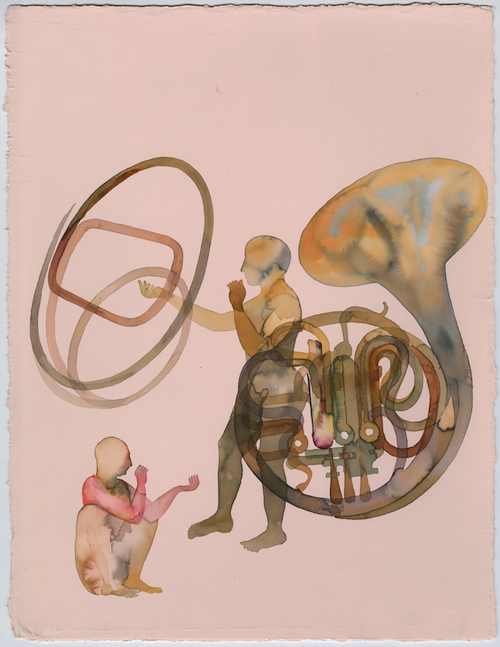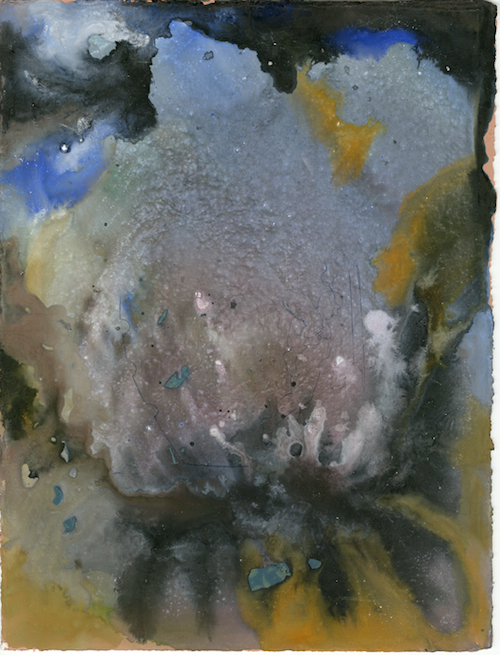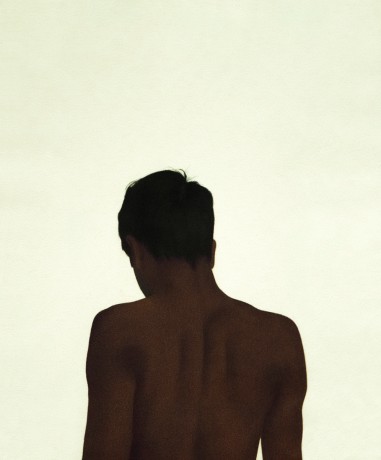Another amazing video by Shazia !!
January 25th, 2013, by Ian Forster
“I’m interested in taking a form, breaking it apart, and then rebuilding it. It is about transformation for me — whether it is the transformation of a image or a mark or a symbol or if it’s a transformation of a genre or transformation of a medium – but it is a very core notion that I think stabilizes my practice.”
In today’s Exclusive episode, Shahzia Sikander discusses her animated video work The Last Post (2010). Sikander also describes how beginning to create animations was a natural evolution in her studio process because she had already been working with narrative and layering in her paintings and large-scale installations.
Filmed in 2012 at her Manhattan studio, the video tells a story about the development of her work yet the nature of editing is that content gets cut, even things that you or I may find interesting. During our interview, Sikander shared personal observations that didn’t make it into our final video, but because these thoughts shed more light on her creative process, I thought it important to share them here.
The Last Post began with a series of paintings that Sikander created using gouache, ink and watercolors. The images were then scanned at high resolution, allowing her to analyze and manipulate them in Photoshop and After Effects. In looking at her work under a digital microscope, she was presented with new opportunities and challenges. “One very interesting observation for me is that everything is magnified in HD space,” she said. “So all the marks that create the tactile experience of a drawing become magnified, and may not necessarily sit well in the animation or in a digital space. It’s a very fine line.”
In her attempt to transform paintings into moving images, Sikander must determine which paintings are suitable. For her, this is an experimental process. “There’s a lot of testing going on in terms of how certain forms can create a sense of dimension, a sense of scale, a sense that they can expand indefinitely,” she explains. Of the paintings that make the cut for her animations, she might only use a fraction of the original image. A detail might be magnified and given new associations. For instance, the French horn in the painting at the very top here was extracted for The Last Post and the two figures were removed. Sikander brought the horn together with the top half of the image just above, which she enlarged and used as the background. The seamless end result floats through today’s Exclusive in a moment characterized by almost celestial depth and foreboding movement.
As much as Sikander’s painting process has informed her animations, working in animation has affected her approach to painting, the medium for which she may be best known. “The biggest challenge of animations is to create not just one or two works, or a body of work, but to be able to create drawings that have infinite sensibility of time, scale, and space, so you can freely go through them and use them,” she said. “Working in animation has allowed me to take more care in making the drawings. It has a feedback process.”





